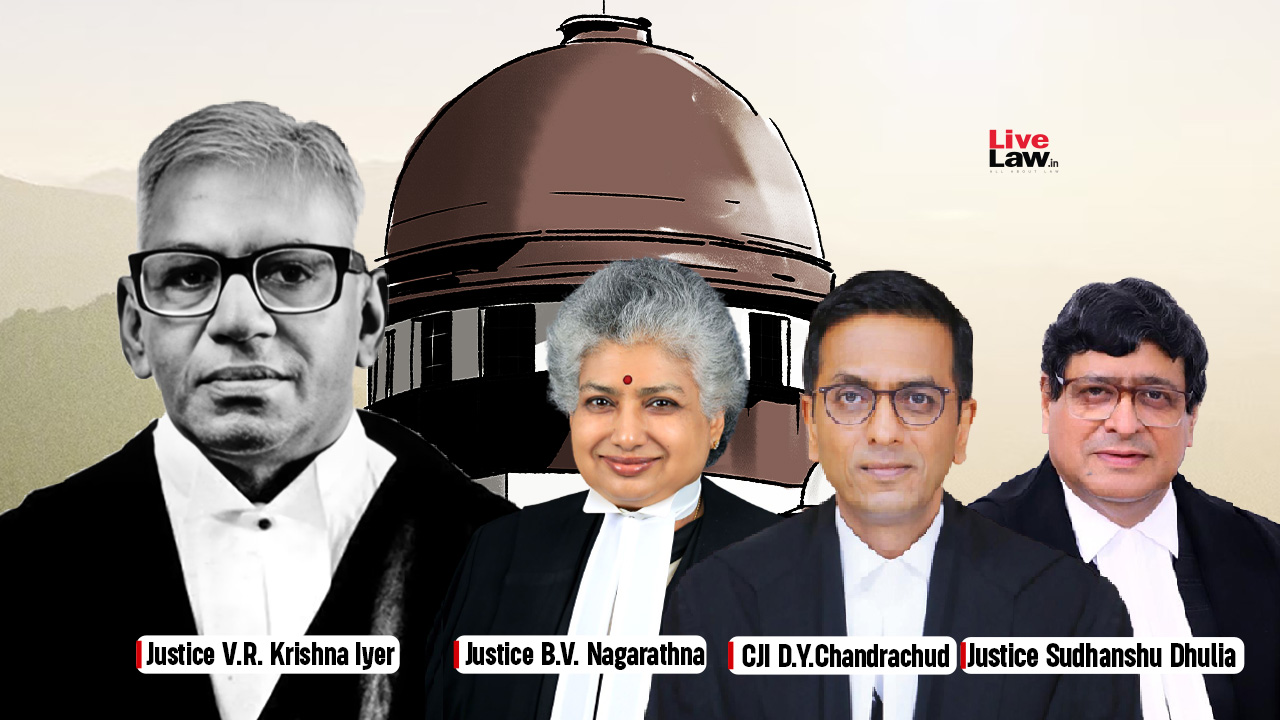 |
|
The Supreme Court of India's recent judgment on the scope of Article 39(b) of the Constitution has sparked a heated debate, particularly concerning the critical remarks made by Chief Justice of India DY Chandrachud about the legacy of Justice VR Krishna Iyer. While the majority judgment, penned by CJI Chandrachud, disagreed with Justice Krishna Iyer's view that private properties fall within the 'material resources of the community' as defined by Article 39(b), two judges, Justices BV Nagarathna and Sudhanshu Dhulia, strongly objected to the criticism leveled against Justice Iyer.
Justice Nagarathna, while agreeing with the majority's interpretation of Article 39(b), took issue with CJI Chandrachud's characterization of Justice Krishna Iyer's doctrine as a 'disservice' to the Constitution. She argued that judging past judges based on shifts in present-day economic policies is unjust and overlooks the socio-economic context of the times when those judgments were rendered. Justice Nagarathna highlighted the paradigm shift in India's economic policies towards globalization and liberalization, emphasizing that this shift should not be used to 'brand the judges of this Court of the yesteryears “as doing a disservice to the Constitution.”' She further argued that the Supreme Court's legacy should not be defined by individual judges' interpretations, but rather by the institution's role in upholding the Constitution's principles.
Justice Dhulia, echoing Justice Nagarathna's sentiments, vehemently opposed the criticism directed at the 'Krishna Iyer Doctrine,' emphasizing its foundation in humanist principles of fairness and equity. He argued that the doctrine, known for its emphasis on empathy and social justice, has served as a guiding light during challenging times. The strong dissent expressed by these two justices highlights the complexity of interpreting constitutional provisions and the delicate balance between respecting the legacy of past judgments and adapting to evolving societal norms and economic realities.
